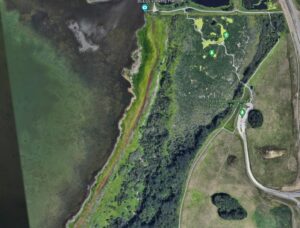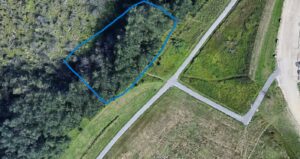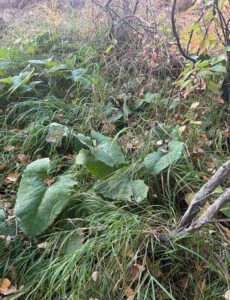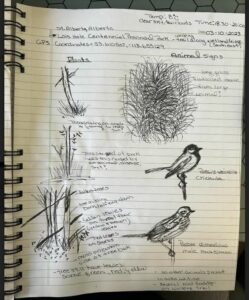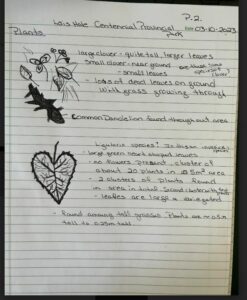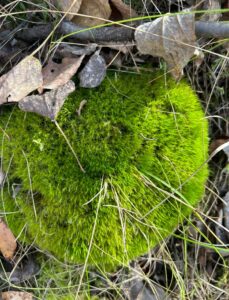I have selected to observe the area in the Lois Hole Centennial Provincial Park, Alberta. This area is called the Big Lake Natural Area, which has global significance as an important Bird Sanctuary for migratory birds. The protected area is considered an ecologically significant wetland called John E. Poole Wetland.
Specific Area Details
- GPS coordinates of study area- 53.610507,-113.655129
- study area is approximately 1500 meters squared (see attached picture)
- the area is along a man-made walking path and within the upland of the wetland (see attached picture)
- the study area is within the riparian area of the wetland.
- Trees, shrubs, grasses and sedges are found within the area. Some of the vegetation found in the area are aspens, popular trees, dogwoods, wild roses and chokecherry.
Specifics of My Visit
- Date of visit: October 3, 2023, 18:30-20:00
- The season is Fall. The air is cooler, and leaves are changing colour on vegetation and falling off.
- The temperature was 8 degrees Celcius
- Clear sky with few clouds
During my visit, I observed very few signs of moving animals. I did see some Chickadees and Sparrows. I took field notes and sketched some of the vegetation and birds I saw during my visit (see attached pictures- notes 1, notes 2).
Based on my observations during my visit, I have these questions that are interesting to me.
- There was a plant that stood out to me. It had large heart-shaped leaves and was sparsely found within my selected study area (see attached picture). After doing a bit of plant identification, it appears to be a Ligularia species. My question is, is this plant invasive, and what conditions does it thrive in?
- Since there is a manmade groomed area alongside my selected area, how has this human disturbance affected the riparian upland of the wetland (see attached picture)?
- Walking closer to the wetland shore, I noticed the grasses were taller and had large, flattened sections (see attached picture). Are these flattened areas made from deer or moose?
- I found one isolated moss mound that I didn’t find anywhere else within my study area and beyond the boundaries of my study area (see attached picture). Is this moss native, and why is it growing in that area?
